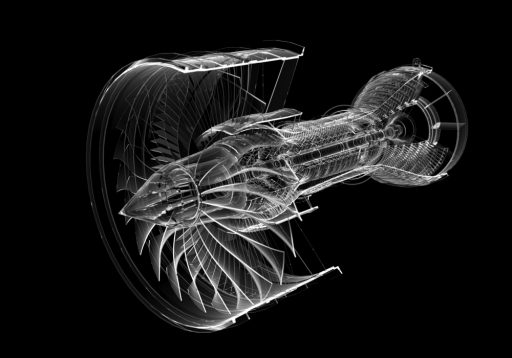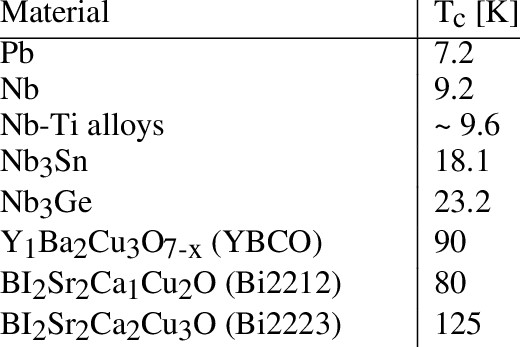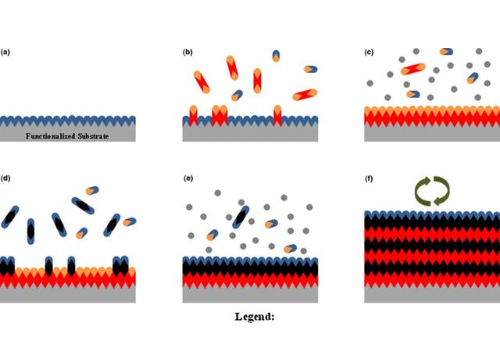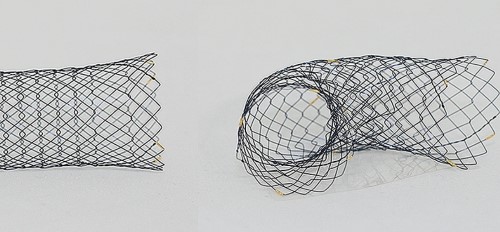How New Tungsten Carbide Coating Strengthen the Aircraft Parts?
Tungsten Carbide is Widely Used for Aircraft Parts
Tungsten carbide materials with high hardness, abrasion resistance, high-temperature resistance, and corrosion resistance are widely used in aerospace, petroleum, metallurgy, machinery, and other fields. In general industrial applications, we call it hard alloy coatings, which is a protective coating that usually formed by using tungsten carbide/cobalt as the raw material for supersonic spraying on the surface of nickel or iron-based materials. The cost of implementing such a process is not cheap in principle, but the savings are considered relative to the cost of damage and replacement of the entire component. Surface enhancement coating is one of the most attractive technologies in aerospace engineering research and development, and tungsten carbide is an important coating material for aircraft parts.

New Tech for Tungsten Carbide Coating
Various performance requirements for materials are put forward with the rapid development of high and new technology. The existing coating processes include supersonic flame spraying tungsten carbide, hard chromium plating, physical vapor deposition of tungsten carbide, and explosion spraying tungsten carbide. However, although these applications have been successful in some areas, they have their own limitations.
A coating technology called low-temperature chemical vapor deposition (CVD) is commonly used among the most famous aviation manufacturers in Europe and the United States, which is a process for depositing tungsten carbide coatings and has been considered a practical, technical, and commercial solution. It can significantly increase the life of aircraft parts and is widely used in the jet engines of three generations of aircraft such as typhoons and F16.
CVD coating technology is adopted because cobalt is needed in general hard alloy spraying technology. As a bonding phase of tungsten carbide materials, cobalt can improve the compactness of materials, but it can also reduce wear resistance and corrosion resistance. CVD coating technology can be used without cobalt. It belongs to the Nano-structured tungsten carbide coating series and is made of a low-pressure gas medium that crystallizes atom by atom. By constructing a tight protective layer of tungsten and tungsten carbide components bonded together, it can evenly coat the inner surface and complex shape of aircraft components without holes, which is especially suitable for design and complex geometric shapes that cannot be used in spraying technology. Typical CVD coating applications include fuel metering valves on aircraft, backward thrust rods, pins, bushing, bearings, hooks, catches, landing gear, flaps track and plate strips, etc.
Besides that, the other advantage of CVD tungsten carbide coatings is that they have no wear quality on seals, bearings, and other antibody parts. Uniform nanostructures make the coating wear evenly and maintain or even improve surface finish, even in abrasive or corrosive environments. For hydraulic actuators, rotating shafts, and bearings, a well-coated surface reduces the wear of elastomeric and PTFE seals prevents oil from leaking, and also helps to reduce the maintenance requirements of aircraft actuators and transmission components.
In conclusion, tungsten carbide coating technology is very popular in the aerospace industry, which can effectively deal with the wear and tear of aviation equipment and extend the service life of aviation equipment in both aircraft and aircraft.
Conclusion
Thank you for reading our article and we hope it can help you to have a better understanding of tungsten carbide coating used in aircraft parts. If you want to learn more about tungsten carbide products, we would like to advise you to visit Stanford Advanced Materials (SAM) for more information.
Stanford Advanced Materials (SAM) is a worldwide supplier of tungsten metal and tungsten compounds and has over two decades of experience in the manufacture and sale of tungsten products, providing high-quality products to meet our customers' R&D and production needs. As such, we are confident that SAM will be your favorite supplier and business partner.



